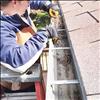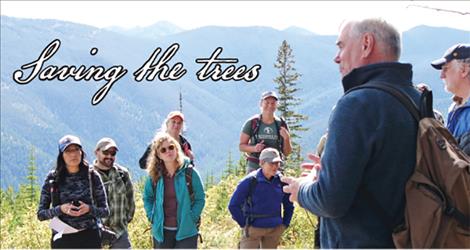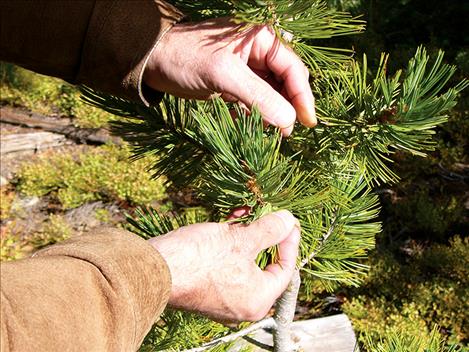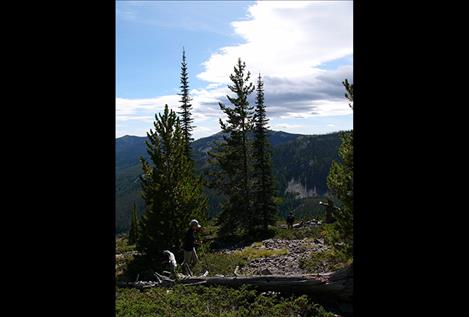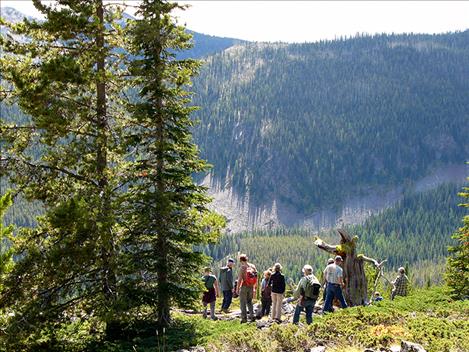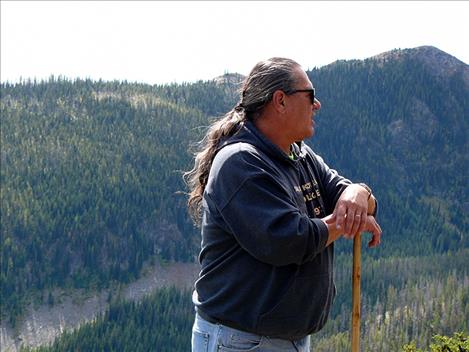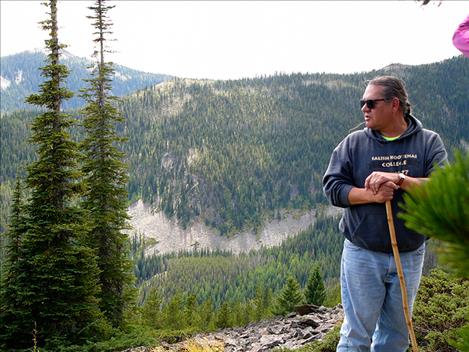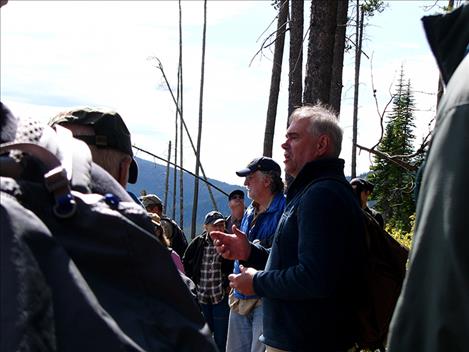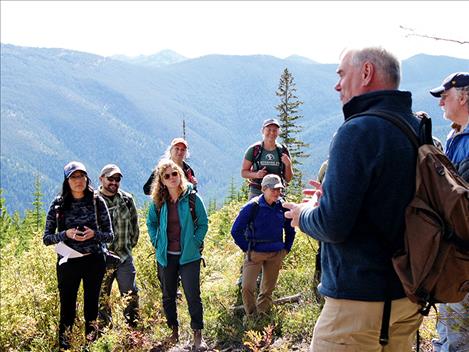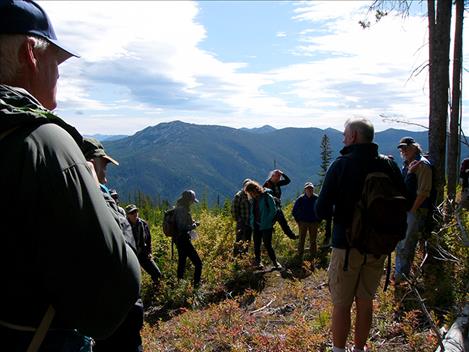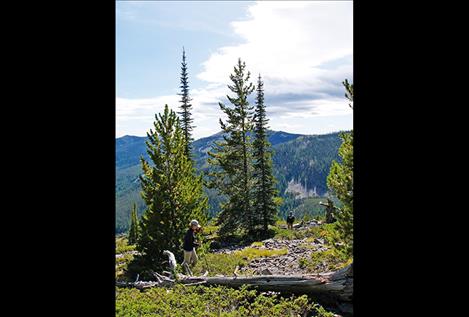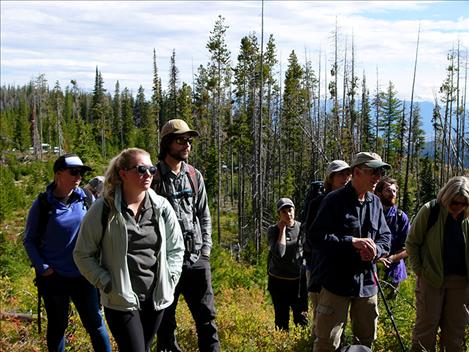Conference highlights unique Mission Valley trees
Hey savvy news reader! Thanks for choosing local.
You are now reading
1 of 3 free articles.
PLAINS – At first glance, the whitebark pine trees near Three Lakes Peak are just conifers in a forest full of green needles; however, the trees are among a dwindling number of their species devastated by disease in recent years.
Last weekend, the Whitebark Pine Ecosystem Foundation held its annual conference at the Salish Kootenai College. About 35 attendees traveled from SKC to the Three Lakes Peak trailhead in Plains. They drove up a winding road for an hour before walking on a trail for a mile to see a rare set of the trees they’re working to save. About 80 people attended the conference from Montana, Washington and Idaho.
Whitebark pines look a lot like lodgepole pines. They are tall and have branches covered in needles. The difference is that whitebark pines have needles that grow in clumps of five, while lodgepole needles grow in clumps of just two.
The whitebark pine is at a low point today. At one time, stately stands of whitebark pines could be found throughout high-altitude habitats. The trees could live to be hundreds of years old. A disease called white pine blister rust has killed the trees over the last 20 years. Stands of the whitebark pines never regenerated. According to the U.S. Forest Service, in 2016 the disease had killed half of all whitebark pine. The mortality rate has only increased since then.
The whitebark pine is important to Salish people, who traditionally ate the nuts while hunting and hiking in the forest. CSKT Forestry Department Director Tony Incashola said his people are tied to the forest and feel responsible for keeping the ecosystem healthy. “Every plant and tree plays a huge role. If you lost one who knows the result?”
The Whitebark Pine Ecosystem Foundation is dedicated to preserving and repopulating whitebark pine in the northwest. The first day of the conference featured lectures from experts on topics including the impacts of fire on the species and how climate change is impacting whitebark pines. Many attendees manage forests and were looking for advice on restoring whitebark pines in their areas.
Susan Harries attended the conference from Grangeville, Idaho, where she works as a silviculturist in the Nez Perce-Clearwater National Forest. She is working to restore whitebark pine in that forest. She said hearing the most current science on restoring whitebark pines will inform the approach she takes in the forest she manages. “The more information we have, the better, so we know we’re basing our actions on something sound,” she said.
The second day of the conference featured a hike in tribal forest. In an oasis on top of a hill on the Flathead Reservation, SKC Forestry professor Rick Everett said something “unique” is happening: whitebark pine saplings are growing naturally.
“No matter how tough of a time it’s had here, it’s still existing,” Everett said. “It’s very heartening.”
While most whitebark pines in the region have succumbed to the illness, these trees have been able to persevere. Incashola said his department thinks the trees have a gene that allows them to fight off the disease. That trait could hold the key to repopulating not just Mission Valley whitebark pines but trees in other regions.
CSKT’s forestry department has been harvesting pinecones from the surviving trees and cultivating the seeds in a greenhouse. They will be analyzed for resistance to blister rust and then planted in areas where whitebark pines have died. Incashola said the tribe plans to start a high elevation seed orchard to grow more trees that will resist the disease.
“I think it’s going to be a survivor,” Everett said. “But we still have to help.”

